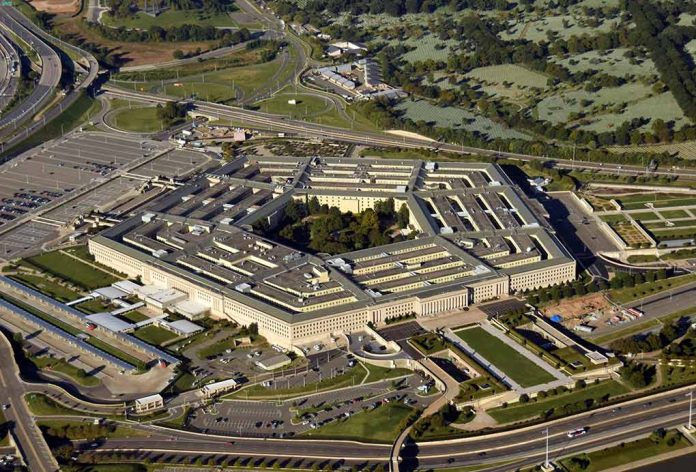
The U.S. military is recalibrating its strategy in Syria, drawing down troop numbers while continuing to monitor the ISIS threat—a testament to changing dynamics in the region.
Key Takeaways
- The Pentagon will cut U.S. troop presence in Syria to fewer than 1,000, following a strategy to consolidate military operations.
- Three U.S. operating bases in northeastern Syria are set to close, reducing troop levels from 2,000 to about 1,400.
- Despite troop reductions, U.S. Central Command remains prepared to counter remaining ISIS threats.
- Future reductions will be assessed after 60 days, with a potential baseline of keeping 500 troops in Syria.
- The continued instability in the region includes threats from Iranian-backed militias and potential ISIS resurgence.
The Military Strategy Shift
The Pentagon plans to reduce American troops in Syria to under 1,000 as part of its broader strategy to realign its military presence in the region. This decision entails closing three of eight American bases and reducing forces from 2,000 to about 1,400. This move reflects progress in curtailing ISIS’ operational capabilities since their territorial defeat in 2019. However, the Department of Defense maintains readiness to adapt to any emerging threats, keeping a capable presence in the region.
The reduced footprint is designed to be conditions-based, allowing for adjustments if necessary. The ongoing changes signify a phase of consolidation under Operation Inherent Resolve. Pentagon spokesman Sean Parnell acknowledged the success against ISIS and emphasized the importance of maintaining a strategic presence to counter possible threats.
U.S. Troop Drawdown in Syria: Syrian Kurds worry, Turkey looms, and Israel gets a great chance
On April 18 the US reported a big shift in U.S. military strategy in Syria, with the Pentagon announcing plans to consolidate its presence, reducing troop numbers from approximately… pic.twitter.com/yfdC3ENzk1
— Brian BJ (@iamBrianBJ) April 19, 2025
The Evolving Situation in Syria
The U.S. troop reduction is among the latest developments in the shifting security environment in Syria. Since the fall of President Bashar al-Assad in December 2024, displaced Syrians have returned, and threats like Iran-backed militias and Russian troops have diminished. Nevertheless, ISIS remains an enduring threat in northeastern Syria.
A recent agreement between the Kurdish-led militia and Syria’s new government represents a critical step towards national unification. Yet, the region’s fragility necessitates ongoing monitoring and military readiness to manage potential ISIS resurgences and other regional disruptions.
U.S. Commitments and Adjustments
The U.S. Strategy remains committed to regional stabilization, with U.S. Central Command continuing to launch decisive actions against residual ISIS factions. The recent strategy also aligns with previous attempts by President Trump to consolidate peace through a reduced yet potent military posture.
“As this consolidation takes place, consistent with President Trump’s commitment to peace through strength, U.S. Central Command will remain poised to continue strikes against the remnants of ISIS in Syria. We will also work closely with capable and willing Coalition partners to maintain pressure on ISIS and respond to any other terrorist threats that arise,” stated Pentagon spokesman Sean Parnell.
This approach underscores the need for a flexible and responsive military apparatus capable of addressing unforeseen challenges while upholding a commitment to national and regional security.
Sources:
- U.S. Is Withdrawing Hundreds of Troops From Syria – The New York Times
- U.S. slashing military presence in Syria
- US to reduce military footprint in Syria to fewer than 1,000 troops



